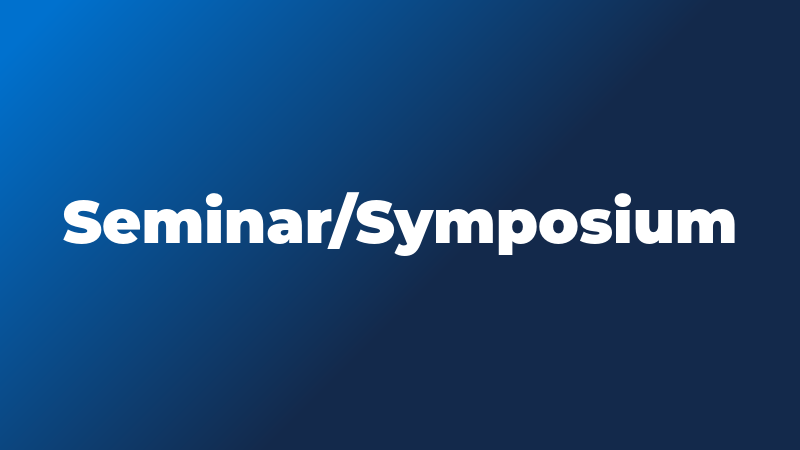
- Sponsor
- Rail Transportation and Engineering Center (RailTEC)
- Speaker
- Ted Sussmann / University of Hartford
- Cost
- No Charge for Non-PDH | $25 for PDHs
- Registration
- Registration
- Contact
- Emma Ehrenhart
- hayseminar@illinois.edu
- Phone
- 217-300-1340
- Views
- 79
- Originating Calendar
- William W. Hay Railroad Engineering Seminar
The design of railway track provides guidance for the tradeoffs between ballast thickness, subgrade properties, and traffic including volume and wheel load. A methodology for developing a design considering these tradeoffs to protect the subgrade from either ballast pockets or subgrade squeeze will be discussed. The goal of the discussion is to highlight the methodology and provide insight to the application of such design methods as guidance for assessing change related to environment, operations, and maintenance. The operations of railroads have changed dramatically over the years, often driven by economics. The methods used to address some of the questions related to how the changes would affect economics that were developed in my work with Professor Selig at UMass will be described in this talk. From assessing the impact of a very stiff roadbed to assessing varying maintenance scenarios or operational changes, these techniques provided a means to assess the design life of the track as a basis for assessing each scenario. Practically, these techniques require substantial data on roadbed condition, performance, and engineering properties. However, the challenge of obtaining the necessary data can provide information beyond the design output. These datasets can be useful in assessing track performance, highlighting locations to repair or reinforce against severe rainfall, and provide a basis for the start of route cause analysis when the design cross section does not provide the desired design life. This last outcome could be the most important since the expected rate of degradation and associated conditions provides a framework for assessing future repairs.